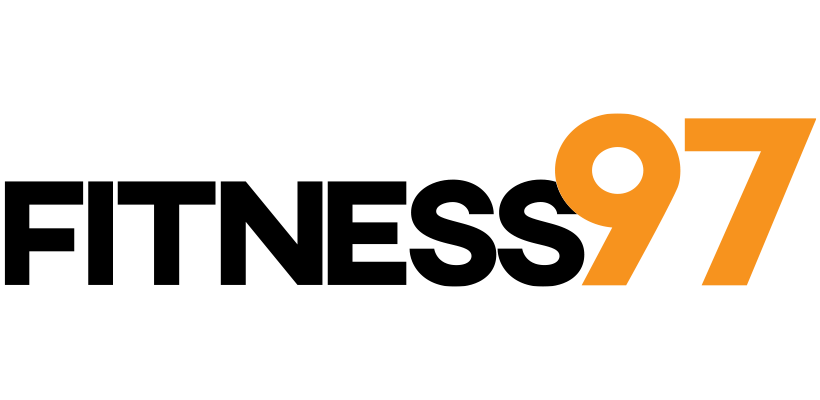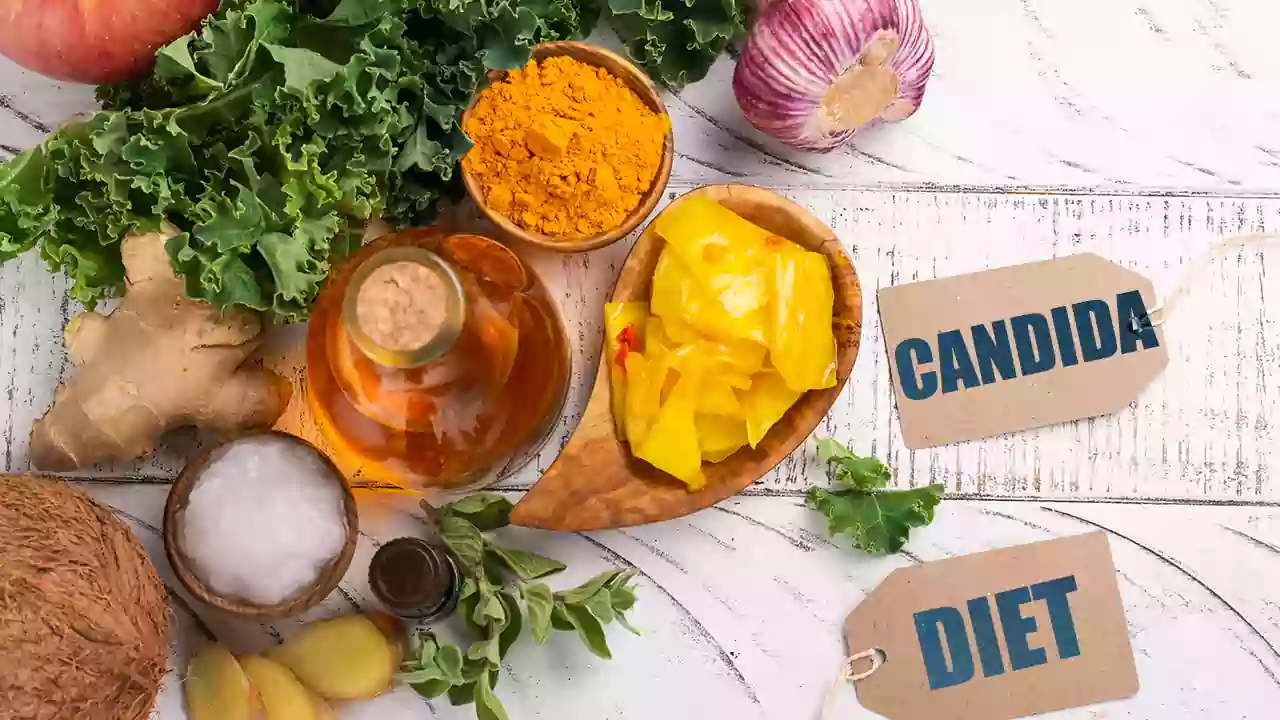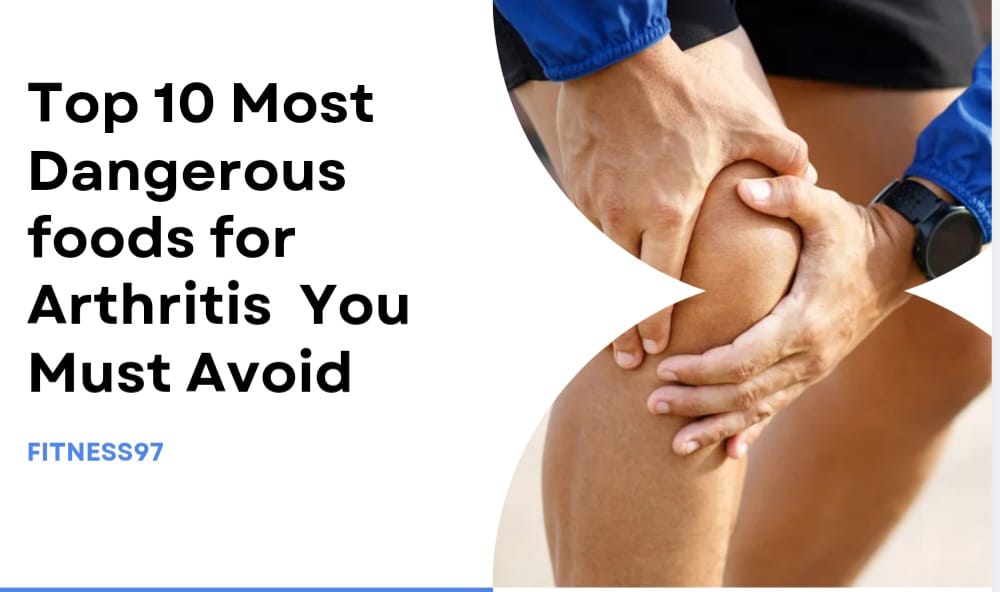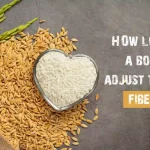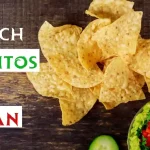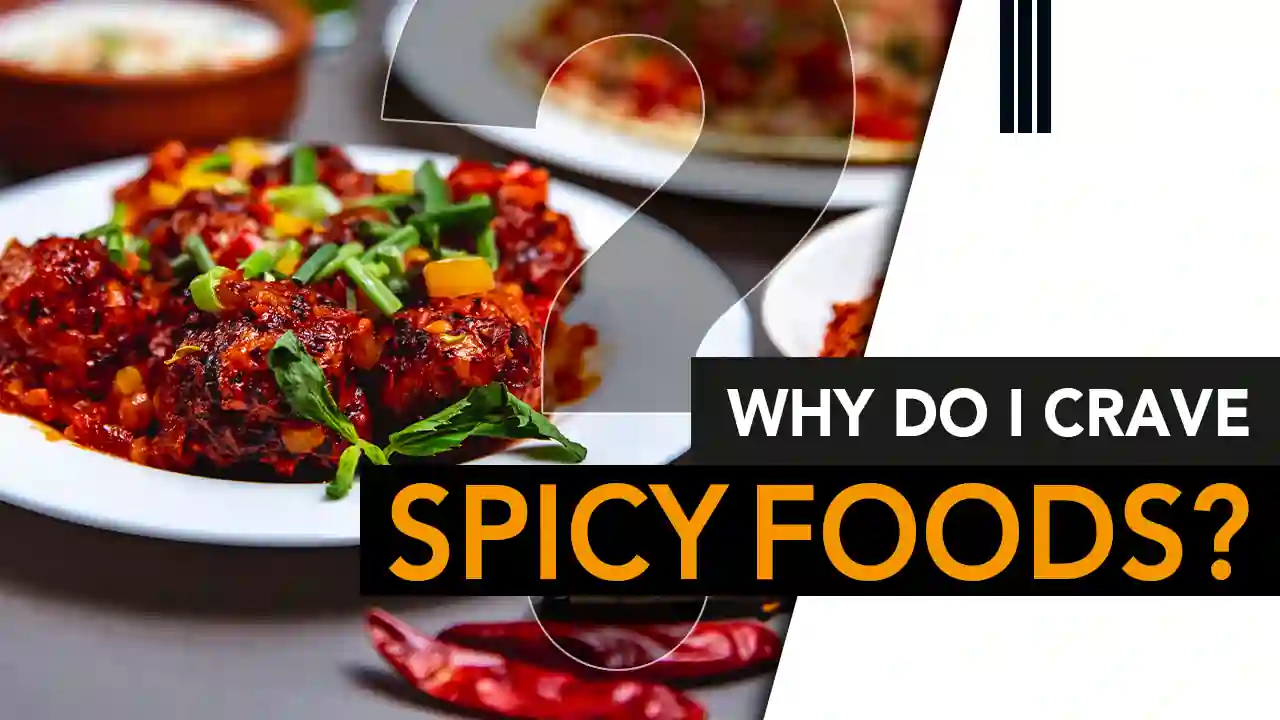As soon as you hear the word “diet”, you presume that it would be to lose weight or become fit. But not every diet is meant to lose weight. Some diets are designed to treat medical issues. One such diet is the Candida diet which has been designed to treat Candida infection. So how does Candida infection happen? And how can a Candida diet help cure it? Let’s take a look.
But first, let’s understand what Candida infection is.
What is Candidiasis or Candida infection?
Our bodies have numerous beneficial microorganisms including bacteria and yeast. But sometimes, these microorganisms can harm you as well. Candida albicanslive on human skin, gut, throat, and vagina and are a species of yeast. Its normal concentration is essential for the promotion of gut health and nutrient absorption.
When its concentration increases in our body, it leads to the infection, called Candidiasis or Candida infection. The symptoms of this infection include:
- Dryness of mouth leading to white patches
- Sore or swollen throat
- Pain in the esophagus while eating or drinking
- Itching of the vagina
- Bloating and chronic fatigue
What is the Candida diet?
To treat Candidiasis and its symptoms, doctors and nutritionists came up with a diet plan that requires a person to cut back on all sorts of foods that can promote yeast growth in the body. It is called the Candida diet. It is a cleansing diet that improves gut health by eliminating yeast, white flour, sugar, and cheese from a person’s diet.
It focuses on having healthy fats, lean proteins, non-starchy veggies, and probiotics. As these foods help in balancing out the concentration of bacterial growth in your gut. Although there is not much scientific evidence available on the Candida diet’s role, it still has been practiced at large to cure Candidiasis.
How to follow the Candida diet?
To follow the Candida diet, you need to follow the food rules which allow you to have some of them while restricting the others. Let’s take a look at these food options:
Foods to eat on the Candida diet
Following food items shall be consumed while following the Candida diet:
- Fruits (Low on sugar): Sugar needs to be cut down to avoid the fermentation of the yeast. You can have olives, citrus fruits, and berries but that too in a moderate amount
- Vegetables (Non-Starchy): You can consume Brussels, broccoli, onions, cucumber, spinach, celery tomatoes, and kale
- Proteins (Lean meat): The lean meat of chicken and fish can be consumed. Eggs can also be consumed to fulfill the need for proteins
- Healthy fats: Plant-based foods can be consumed to have the healthy fats including coconut oil, avocado, olive oil, sesame oil, and others
- Grains (Gluten-free): Like oat, brown rice, quinoa, millet, and buckwheat.
- Nuts and seeds (low mold): Including coconut, sunflower, and flax seeds, almonds, and others
- Dairy products: Not all but some the dairy products like organic kefir, yogurt, butter, and ghee can be consumed
- Herbs and spices: Such as garlic, turmeric, ginger, oregano, thyme, black pepper, cinnamon, salt, and paprika
- Sweeteners (sugar-free): Such as monk fruit extract, erythritol, stevia, and xylitol
- Beverages (Non-caffeinated): Such as herbal teas, filtered water, almond milk, chicory coffee, coconut milk, and others
Foods to avoid on the Candida diet
The Candida diet is all about restricting sugar, alcohol, gluten, and most dairy products that are high in lactose. While on the Candida diet, the following foods should be avoided.
- Vegetables (starchy): Like corn, beans, potatoes, and peas
- Fruits (high in sugar): Like mangoes, bananas, raisins, figs, grapes, and dates
- Meat (certain items): Such as farm-raised fish, and processed meats
- Grains (containing gluten): Such as barley, wheat, and rye
- Dairy products (high in lactose): Such as cheese, cream, and milk
- Nuts and seeds (high in mold): Like pecans, cashews, pistachios, and peanuts
- Oils and fats (refined): Like sunflower oil, canola oil, soybean oil, and margarine
- Artificial sweeteners (sugary): Such as agave, aspartame, corn syrup, cane sugar, honey, table sugar, molasses, and maple syrup
- Beverages (sugar and caffeinated): Such as coffee, teas, sodas, beer, energy drinks, wine, and processed fruit juices
- Condiments: Such as sauces, mayonnaise, ketchup, white vinegar, and soy sauce
Is it effective?
Researchers have only tested this diet on the animals till now, of which some experiments were successful. However, any human trials have not been made yet. Some people claim that cutting back on too many food items can cause nutrient deficiency. But if the science behind the Candida diet has to be believed, then it might be an effective solution to curb the overgrowth of the Candida albicans by limiting its growth nutrients.
The bottom line
Candidiasis can cause many other health concerns which might take too long to be cured. If you experience any of the above-mentioned symptoms, pay a visit to your doctor and if you have Candidiasis, then along with medicines do give the Candida diet a try. It might not have scientific proof, but cutting back on certain food items can surely help in alleviating the symptoms.

I look up to fitness as a lifestyle and love to pen down about it. I have 2 years of experience in content writing and I am here to share my research and knowledge on health and fitness.
